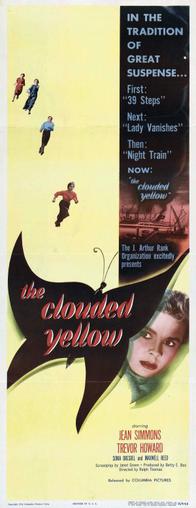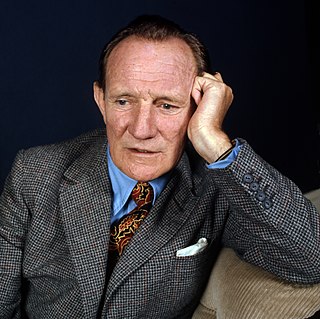
Trevor Wallace Howard-Smith was an English stage, film, and television actor. After varied work in the theatre, he achieved star status with his role in the film Brief Encounter (1945), followed by The Third Man (1949).

Frederick George Peter Ingle Finch was an English-Australian actor of theatre, film and radio.
The year 1950 in film involved some significant events.

Jean Merilyn Simmons was a British actress and singer. One of J. Arthur Rank's "well-spoken young starlets", she appeared predominantly in films, beginning with those made in Britain during and after the Second World War, followed mainly by Hollywood films from 1950 onwards.

Young Bess is a 1953 Technicolor biographical film made by Metro-Goldwyn-Mayer about the early life of Elizabeth I, from her turbulent childhood to the eve of her accession to the throne of England. It stars Jean Simmons as Elizabeth and Stewart Granger as Thomas Seymour, with Charles Laughton as Elizabeth's father, Henry VIII, a part he had played 20 years before in The Private Life of Henry VIII. The film was directed by George Sidney and produced by Sidney Franklin, from a screenplay by Jan Lustig and Arthur Wimperis based on the novel of the same title by Margaret Irwin (1944).

Kenneth Gilbert More, CBE was an English film and stage actor.

Stewart Granger was a British film actor, mainly associated with heroic and romantic leading roles. He was a popular leading man from the 1940s to the early 1960s, rising to fame through his appearances in the Gainsborough melodramas.
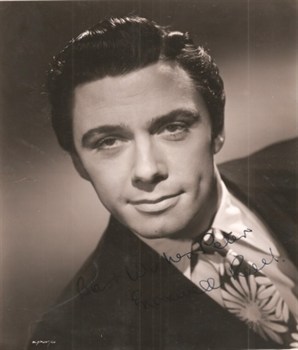
Maxwell Reed was a Northern Irish actor who became a matinee idol in several British films during the 1940s and 1950s.
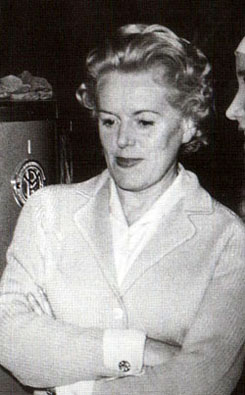
Betty Evelyn Box was a prolific British film producer, usually credited as Betty E. Box.

Doctor in the House is a 1954 British comedy film directed by Ralph Thomas and produced by Betty Box. The screenplay, by Nicholas Phipps, Richard Gordon and Ronald Wilkinson, is based on the 1952 novel by Gordon, and follows a group of students through medical school.

Sonia Dresdel was an English actress, whose career ran between the 1940s and 1970s.

The Way to the Stars is a 1945 Anglo-American black-and-white Second World War drama film made by Two Cities Films. The film was produced by Anatole de Grunwald, directed by Anthony Asquith, and stars Michael Redgrave, John Mills, Rosamund John, and Stanley Holloway. In the United States it was shortened by 22 minutes, and the shortened version was distributed by United Artists under the title Johnny in the Clouds.

So Long at the Fair is a 1950 British thriller film directed by Terence Fisher and Antony Darnborough, and starring Jean Simmons and Dirk Bogarde. It was adapted from the 1947 novel of the same name by Anthony Thorne.
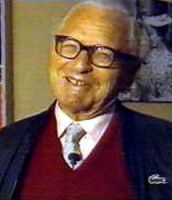
Ralph Philip Thomas MC was an English film director. He is perhaps best remembered for directing the Doctor series of films.

Jean Kent, born Joan Mildred Field was an English film and television actress.

The Dawning is a 1988 British drama film based on Jennifer Johnston's novel, The Old Jest, which depicts the Irish War of Independence through the eyes of the Anglo-Irish landlord class. It stars Anthony Hopkins, Hugh Grant, Jean Simmons, Trevor Howard, and Rebecca Pidgeon, and was produced by Sarah Lawson, through her company Lawson Productions.
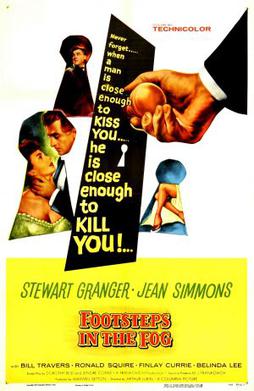
Footsteps in the Fog is a 1955 British Technicolor Victorian-era crime thriller starring Stewart Granger and Jean Simmons, with a screenplay co-written by Lenore Coffee and Dorothy Davenport, and released by Columbia Pictures. Directed by Arthur Lubin, the film is based on the W. W. Jacobs short story "The Interruption".
Adam and Evelyne, released in the U.S. as Adam and Evalyn, is a 1949 romance film starring Stewart Granger and Jean Simmons. Based on a storyline written by Granger and Noel Langley, it was both directed and produced by Harold French. According to Robert Osborne, host of Turner Classic Movies, the leads suited the stars, as they were romantically involved at the time, despite their age difference. They married the next year.

Hot Enough for June is a 1964 British spy comedy film directed by Ralph Thomas, and starring Dirk Bogarde with Sylva Koscina in her English film debut, Robert Morley and Leo McKern. It is based on the 1960 novel The Night of Wenceslas by Lionel Davidson. The film was cut by twenty minutes and retitled Agent 8+3⁄4 for the US release by the American distributor Continental Distributing.
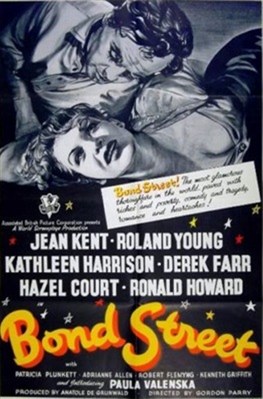
Bond Street is a 1948 British portmanteau drama film directed by Gordon Parry and based on a story by Terence Rattigan. It stars Jean Kent, Roland Young, Kathleen Harrison, and Derek Farr. The film depicts a bride's dress, veil, pearls and flowers purchased in London's Bond Street—and the secret story behind each item.
